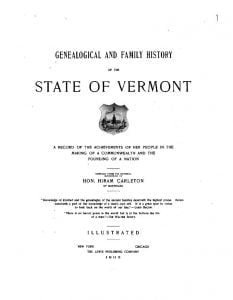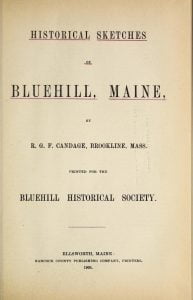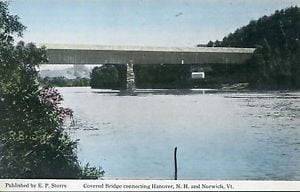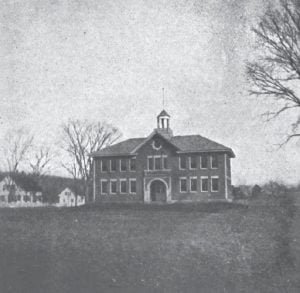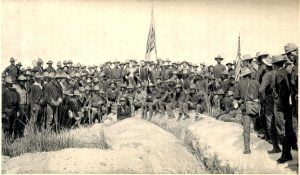Leighton Genealogy of Narraguagus Valley Maine
About 1760, two brothers, Thomas and Samuel Leighton, came from Falmouth to this River. Samuel settled on the lot now in possession of Richard P. Willey. His sons were Theodore Leighton, Isaac Leighton, Parritt Leighton and Phineas Leighton. Thomas Leighton, the brother of Samuel Leighton, settled upon a lot at the head of Pigeon Hill Bay. He had a family of six sons and five daughters. Robert, Joseph, Thomas, Annie, Molly, James, Ross, Abigail, Betsey, Sarah and Benjamin. Nearly at the same time that Thomas and Samuel Leighton came and settled, Thomas Leighton 2d came from Dover, N. H., to Gouldsboro. His wife was Lydia Tracy. It is not known that there was any relationship between these two Thomas Leightons. From Gouldsboro, Thomas 2d soon removed to Steuben and settled upon the lot afterwards known as the Henry Leighton lot. He had ten children, Jonathan, Mark, Charity, Alexander, Hatevil, Pamelia, Isaiah, Daniel, Israel and Asa.


